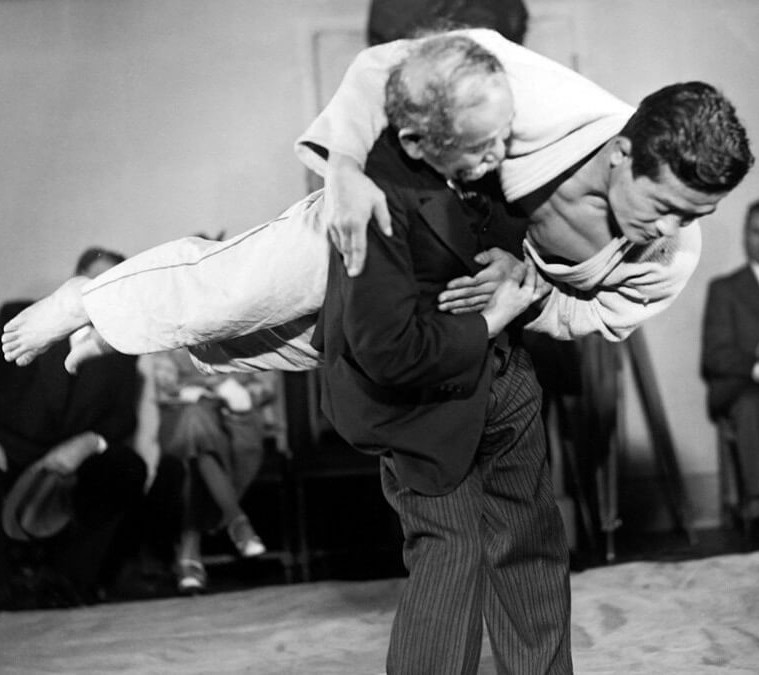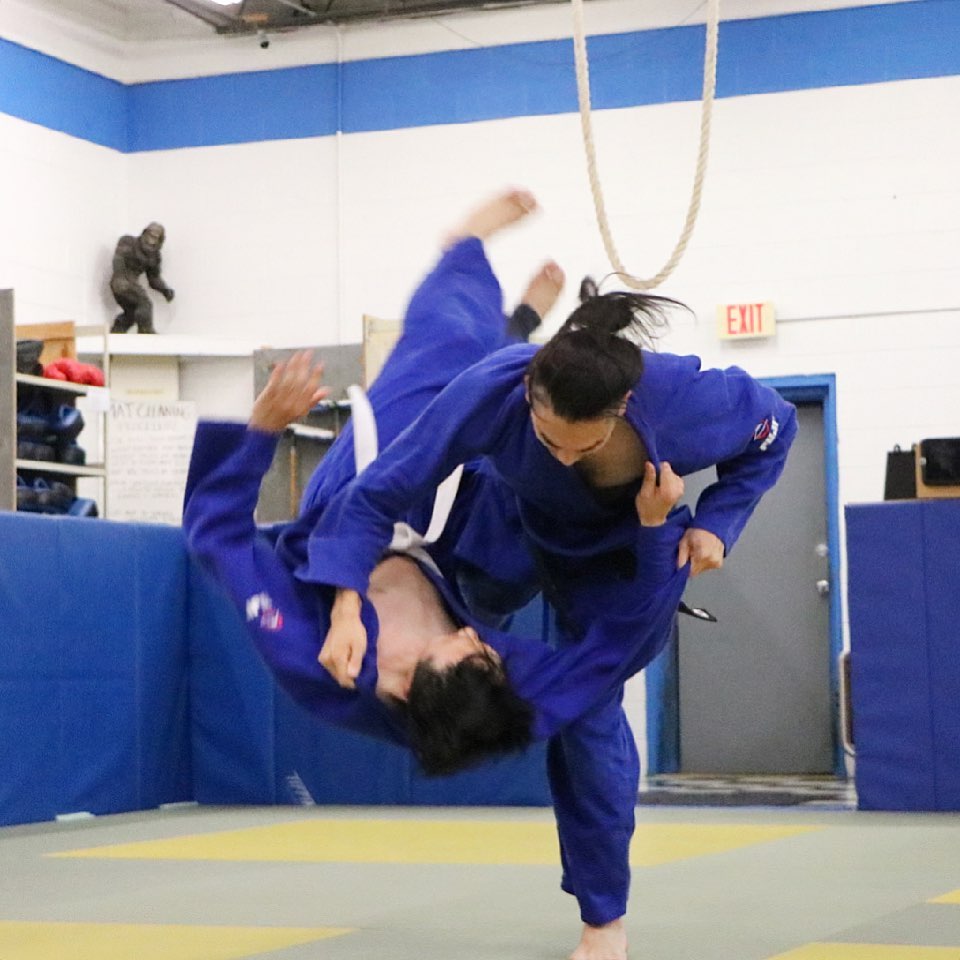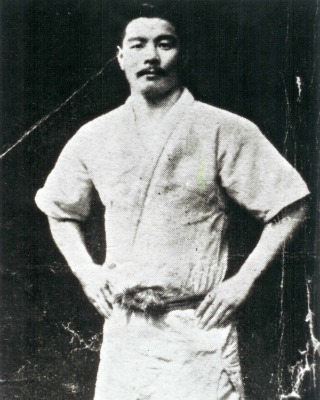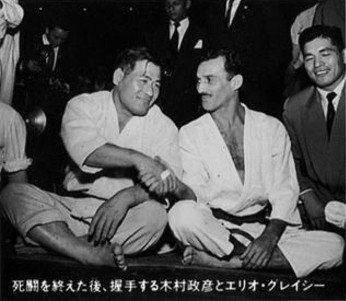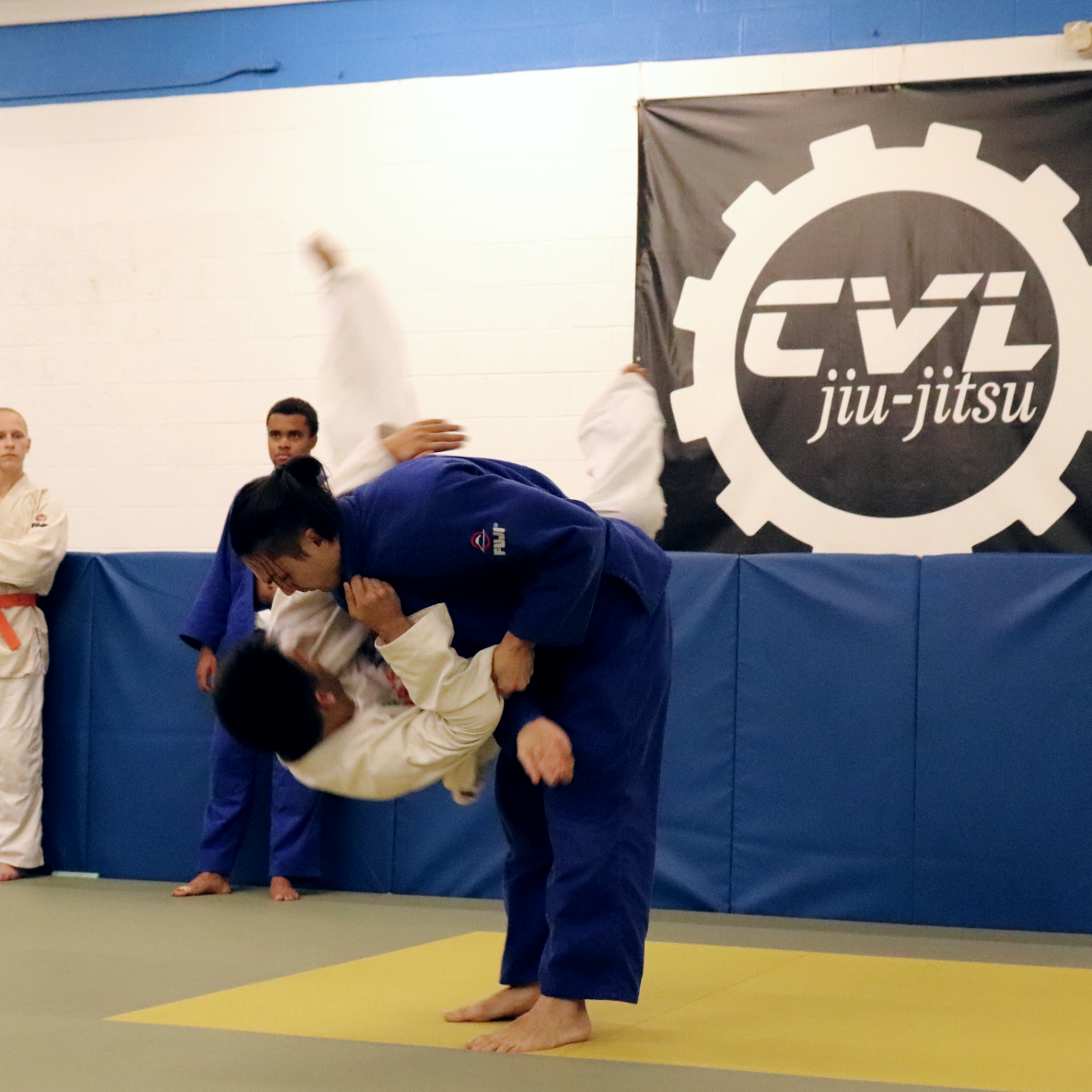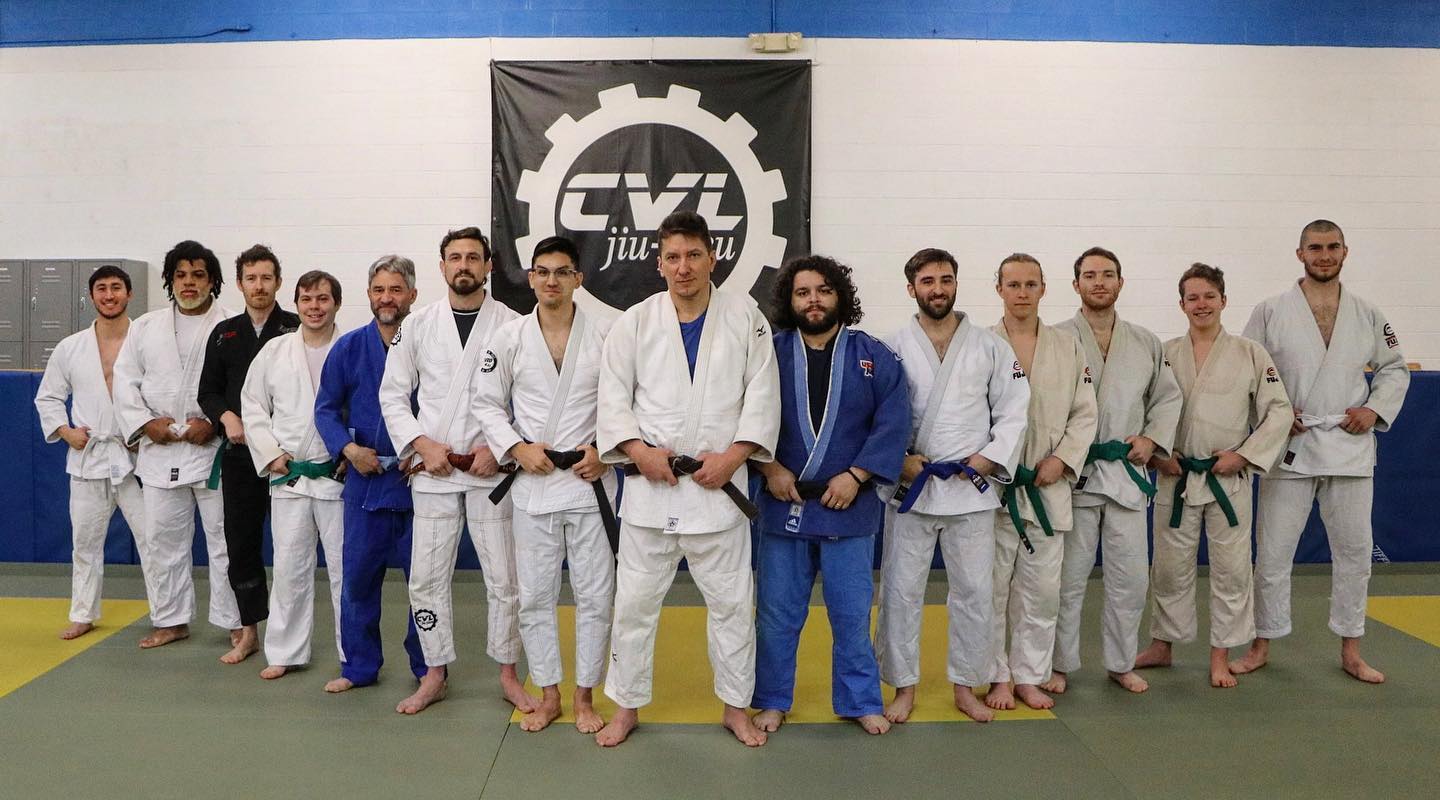Judo (“gentle way”) is generally categorized as a modern Japanese martial art, which has since evolved into an Olympic event.
The sport was founded in 1882 by Jigoro Kano as a physical, mental, and moral pedagogy in Japan. With its origins coming from jujutsu, judo’s most prominent feature is its competitive element, where the objective is to either throw or take down an opponent to the ground, immobilize or otherwise subdue an opponent with a pin, or force an opponent to submit with a joint lock or a choke.
Strikes and thrusts by hands and feet as well as weapons defences are a part of judo, but only in pre-arranged forms (kata) and are not allowed in judo competition or free practice. It was also referred to as Kanō Jiu-Jitsu until the introduction to the Olympic event. A judo practitioner is called a “judoka,” and the judo uniform is called “judogi.”

